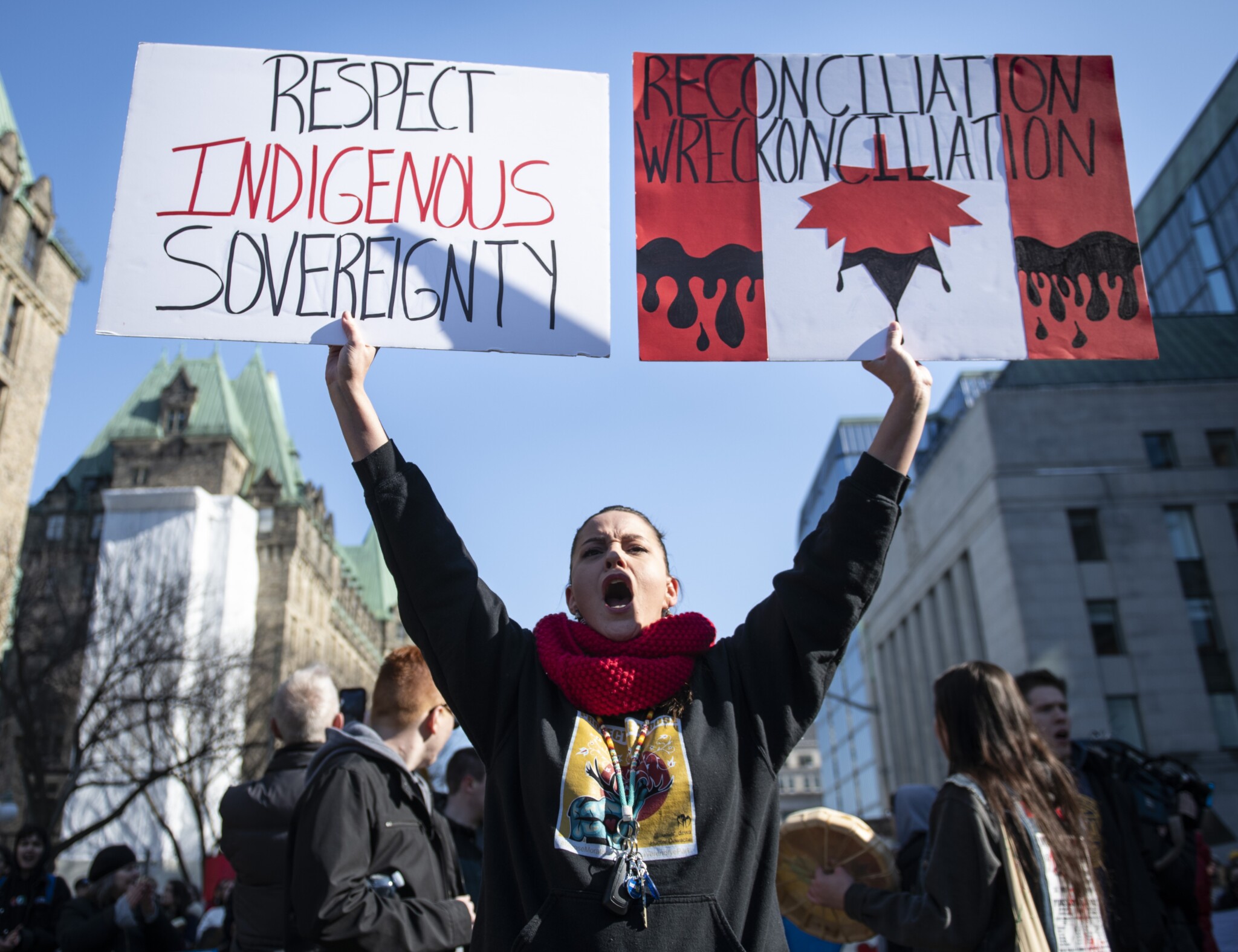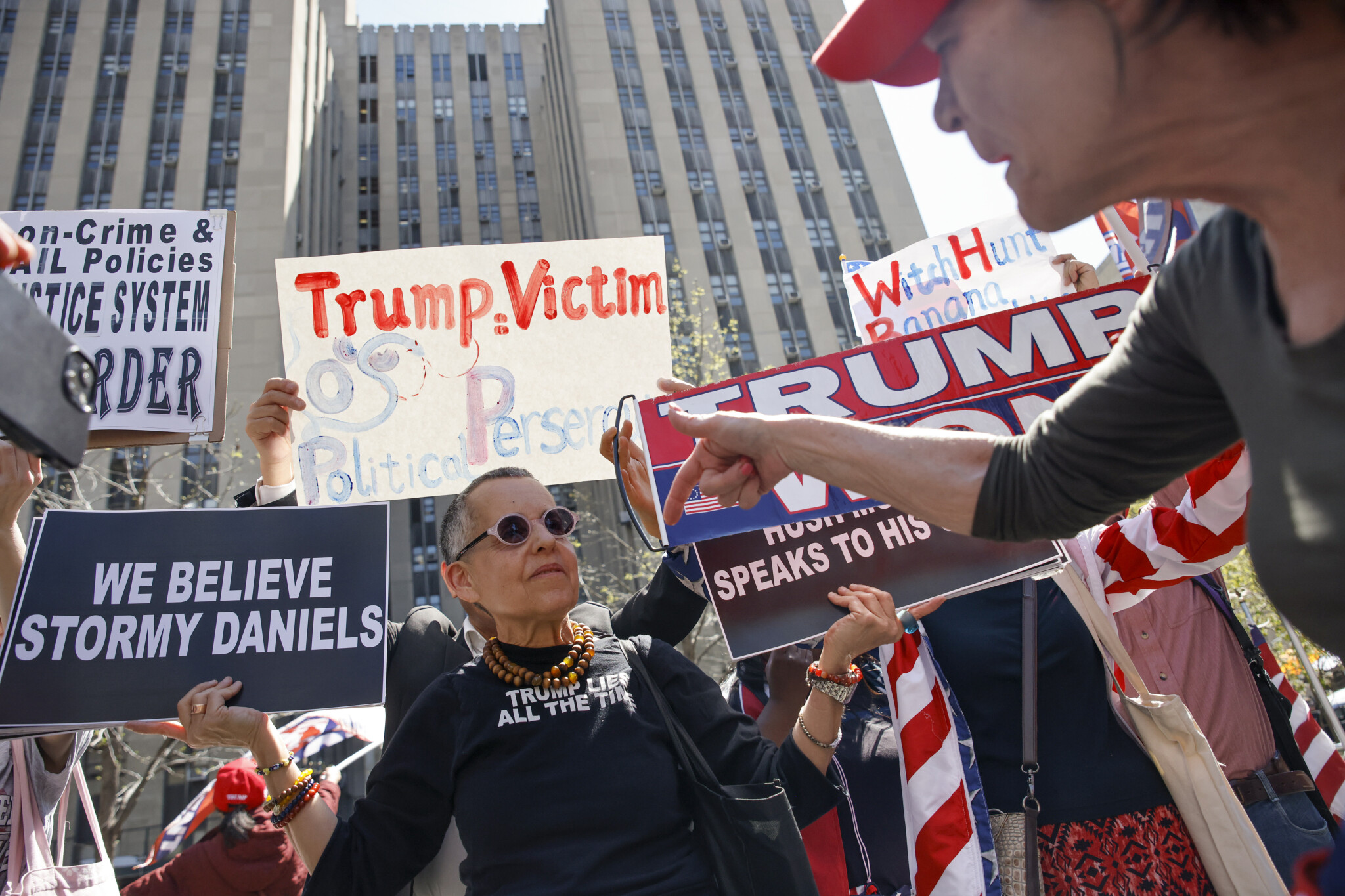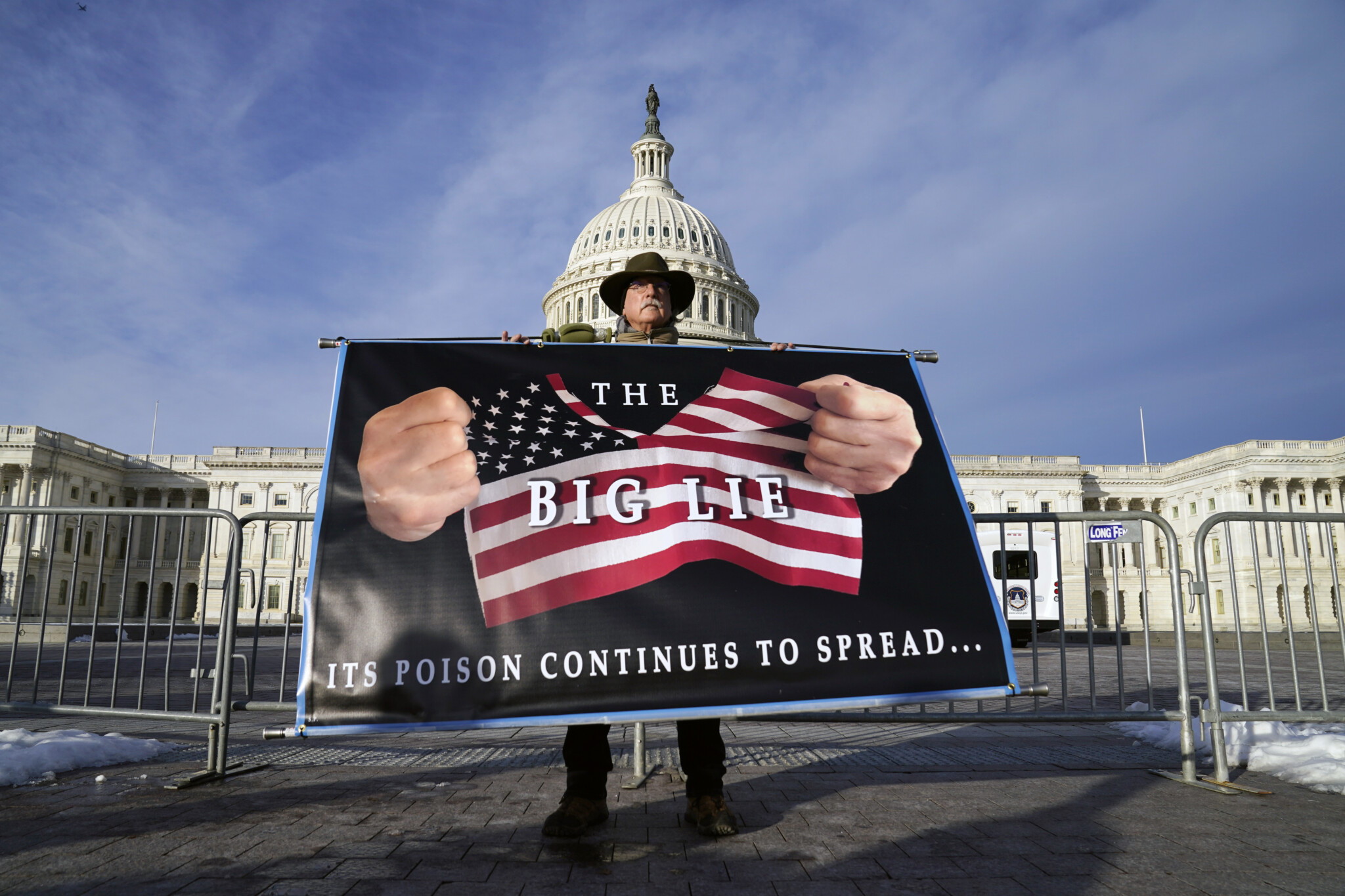“Decolonize Now!”
Every time I come across a poster on the streets of downtown Toronto or a post on social media that reads: “Decolonize Now!”, an image of Bob the Builder pops into my mind. For those who don’t know, Bob the Builder is a beloved children’s character known for his catchphrase, “Can we fix it? Yes, we can!” Bob and his team of talking construction vehicles, “The Machines,” work harmoniously to build projects, fix problems, and overcome challenges in their shared community.
But in my twisted re-imagined “Decolonize Now” version, instead of working together to overcome adversity and put pieces together for the better, they’re terrorizing people by dismantling everything they have built over the last 500+ years while shouting, “Can we destroy it? Yes, we can!”
Yes, it’s a ridiculous image, but so is the premise.
If the act of colonization is one group entering into a territory and imposing their culture, language, laws, governance system, and general way of life on another, then would the term “decolonize” not be understood to be removing all aspects of European society introduced here in North America since 1492?
While the concept of tearing down or destroying exists within Anishinaabe (Ojibwe) ideology—the teachings that I carry—it is to be understood within the context of balance and renewal, with emphasis placed on respect for all living beings. This means that destruction without a positive or constructive motivation is seen as irresponsible, harmful, and frowned upon.
Decolonization as colonization
The Merriam-Webster dictionary defines decolonization as identifying, challenging, and replacing ideas, values, and practices that reflect a colonizer’s (often Eurocentric) dominating influence. This can range from the decolonization of museum galleries and changing the names of major streets, to more disruptive measures like decolonizing mental health services, to dismantling supposed colonial power within Western medical practices.
But, let’s be real: the act of decolonization is, in itself, colonial.
Think about it.
The left views “decolonizing” as noble and necessary, fueled by a strong belief that they are taking essential action by righting historical wrongs and reshaping social equity in re-examining and rewriting historical narratives. And yet, the act of decolonization in itself mirrors the same power dynamics these activists claim to want to dismantle (or claim to be dismantling). It involves the struggle for top-down power and the imposition of new frameworks.
(De)colonizers hijack and dominate the narrative, prioritizing certain perspectives and silencing others—a tactic often used by controversial historical figures to assert and maintain dominance. They create “safe spaces” where differing viewpoints are excluded, ridiculed, and shamed, replicating the exclusivity and gatekeeping they criticize in “colonial systems”—something that I’ve experienced personally as a First Nations woman. They impose ideological control by dictating how history and culture must be interpreted and remembered, believing their views to be unbiased and the only truth. In turn, they become what they despise. While their decolonization efforts aim to “dismantle colonial systems,” they use the same hierarchical methods they seek to overthrow. Isn’t that ironic?
Take Parks Canada’s recent re-opening of the Bellevue House National Historic Site in Kingston with a new “decolonized” visitor experience. It invites visitors to examine social class structures, racism, and sexism in Victorian Canada while unpacking Prime Minister Sir John A. Macdonald’s complex legacy. The tour, framed as a “safe space” for open-minded discussions, instead drives home the irony that the act of decolonizing—seen as noble in 2024—can become a form of colonial imposition, dictating how history must be interpreted, remembered, and rewritten based on current correct ideology and worldviews.
Still other more egregious offenders tear down statues, burn churches, and deface public property. These (de)colonizers are—to be clear—committing acts of crime. In my time as a probation officer in the mid-2000s, I came across a few young adults who were prosecuted and placed on probation for much, much less serious crimes—for spray-painting (arguably tasteful) street art in public spaces without permission. Today, it seems the law has relaxed or is unevenly applied when it comes to these more severe acts of vandalism and destruction. You get a pass if you’re (de)colonizing.
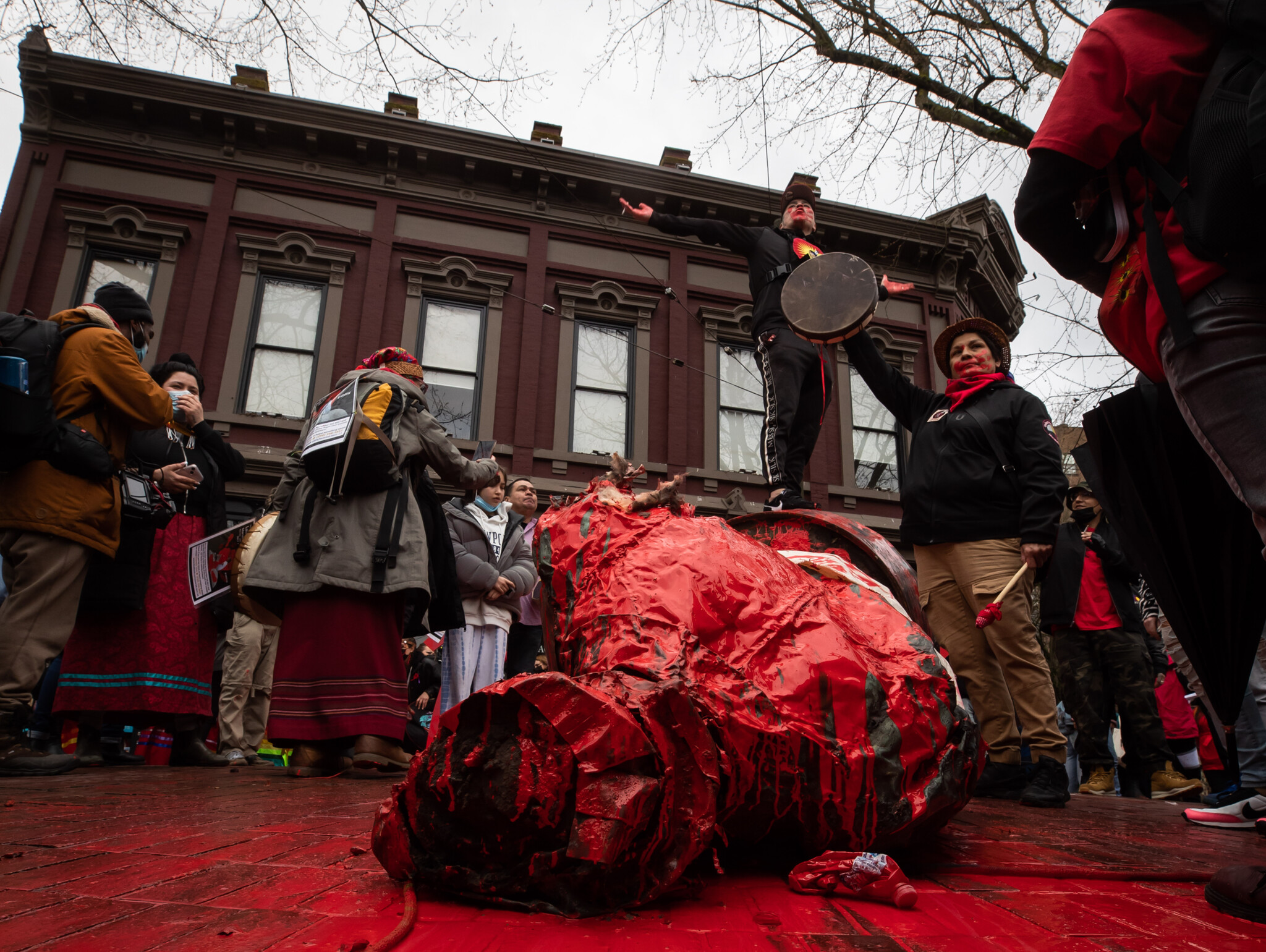
A person stands on top of the Gassy Jack statue after it was toppled and covered in red paint, in Vancouver, February 14, 2022. Darryl Dyck/The Canadian Press.
What we hear little of in the mainstream discourse are the real deleterious effects this ideology has on the state of well-being of citizens and communities across Canada today.
These illegal actions foster fear and insecurity among non-Indigenous Canadians and Indigenous Peoples alike. They polarize controversial opinions, highlight differences rather than commonalities, and fuel division between groups who see these acts as necessary progress and those who view them as acts of terror. This division weakens community cohesion and leads to confrontations, both ideological and physical. And while some (de)colonizers might be content with that—and might even argue that the fear and discomfort are needed to fuel change—their destructive behaviour risks inadvertently undermining healing, stifling reconciliation efforts, and harming the very group they are fighting for by alienating key allies and reducing public empathy.
This division between Indigenous and non-Indigenous folks is completely antithetical to the cooperation, alliances, and cohabitation that has so often defined Canada. This is a country forged in the woods and on rivers when wisdom about surviving the unforgiving untamed natural landscapes was shared between French coureur des bois traders and my Anishinaabe ancestors throughout the 1600s. It is a country brought together by agreement through the Treaty of Niagara between the 24 Nations and the Crown on the shores of the Niagara River in the summer of 1764; allowing Europeans to make a home on these lands while recognizing the pre-existing rights and territories of Indigenous Nations. It is a country born on the battlefield, with British soldiers fighting and dying alongside the Shawnee, Dakota, and Anishinaabe (Ojibwe) during the War of 1812.
“Indigenizing” universities
Postsecondary institutions across the country should take note. Much of the discourse dominating universities focuses on the quest to both “decolonize” and “Indigenize.” While there is greater familiarity with the former term, its lesser-known cousin “Indigenize” involves incorporating Indigenous cultures, perspectives, and ways of knowing into learning.
Take Concordia University, for example, which has just launched a five-year strategic plan to completely decolonize and Indigenize their curriculum and pedagogy. This initiative apparently aims to engage in an ongoing process of unlearning, uncovering, and transforming the legacies of colonialism, while integrating Indigenous perspectives, histories, and ways of knowing into all academic programs.
For example, one of the actions involves building the capacity of faculty members to decolonize and Indigenize curriculum content across all academic departments —something that has been initiated by multiple universities and supported by federal grants, including a Lakehead University project to decolonize math, involving (sigh) the counting and measurement of beads. Another action focuses on the development of a First Peoples’ Studies program that focuses on Indigenous knowledge systems. On its face, it seems like a good idea, but one that I would like to see carried out not by mainstream institutions but by the many Indigenous-owned and governed post-secondary institutions.
While I can appreciate the sentiment behind this, frankly, I’m just not interested in “Indigenizing” universities—nor should you be. Let Canada have its institutions. They were, by nature, created at a time when the colonial project was strong. And the products of that era will always be “colonial”—in stature and in ideology—no matter the efforts to Indigenize them. However, the challenges of today’s world require us to arm ourselves with skills and tools from these Western institutions. Combined with the teachings passed on to us by our families and communities—teachings that should never be paid for through tuition—we are best positioned to take on the challenges of the 21st century.
This is not to say these institutions shouldn’t be inclusive. They should be providing a more informed and representative historical account of Canada. They should be creating environments where individuals from all backgrounds and identities (not merely Indigenous backgrounds) feel welcomed, supported, and able to fully participate in all aspects of the organization’s services and activities. But achieving this doesn’t require “decolonization” or “Indigenization.” It requires recognizing and applying principles all humans value: fair treatment, access to opportunities, freedom of expression, and academic freedom—where Indigenous views can be shared—as can the views of others. Universities must stop the false narratives and hierarchies. Facts, reality, and truth not fiction, feelings, and ideology should be incorporated in its administration and its curriculum.
(De)colonizers operate with the mindset that one academic institution for all—freshly decolonized and Indigenized—is necessary to advance reconciliation. I disagree. This view is, in fact, a continued attempt to assimilate First Nations peoples into the dominant culture, simply by another name. It contradicts the principle of self-determination.
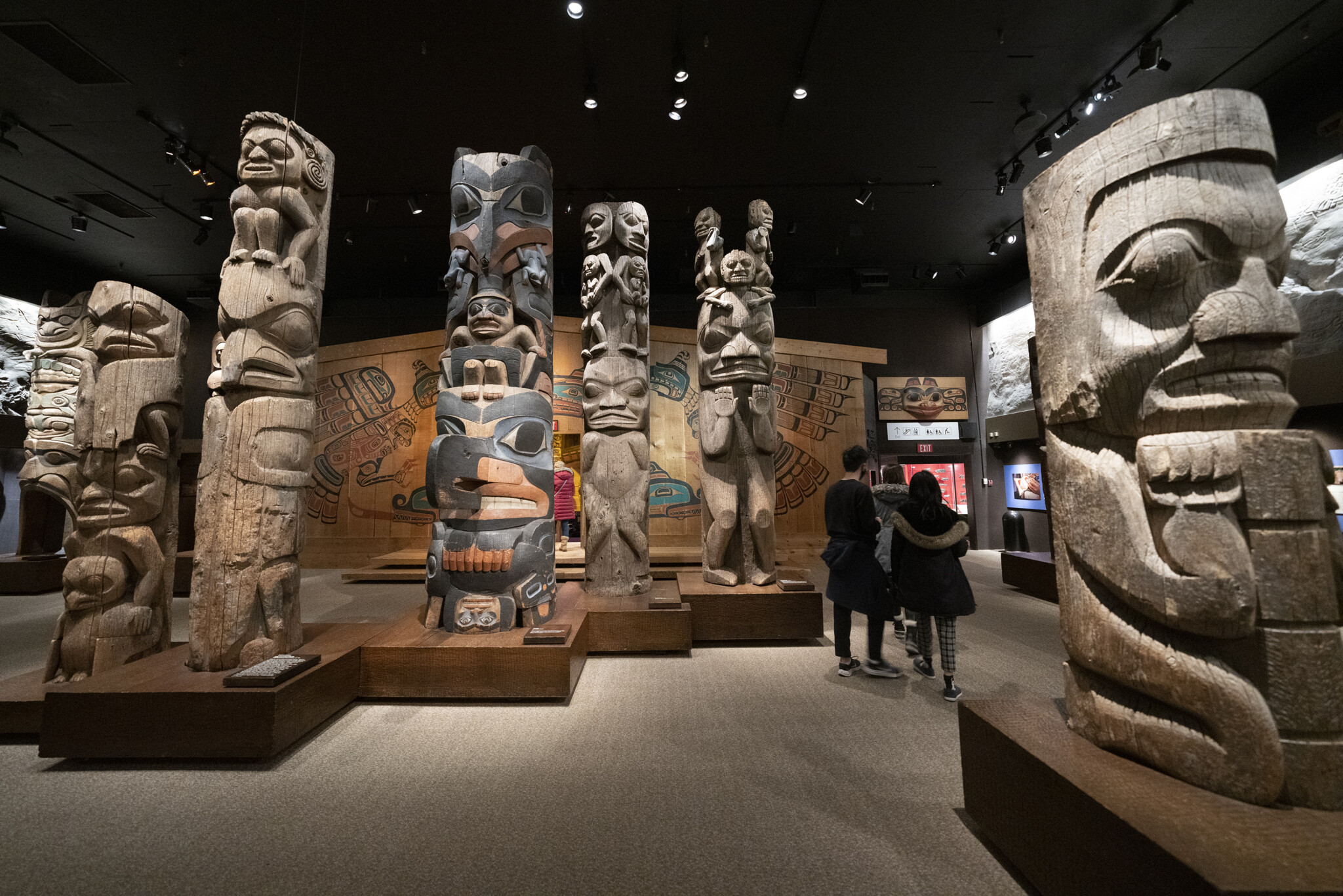
An exhibit from the B.C. Royal Museum is pictured in Victoria, December 29, 2021. The museum announced that it will be closing the third floor in an effort to decolonize the institution. Jonathan Hayward/The Canadian Press.
Solutions
If the vision of (de)colonizers is a society where Indigenous Peoples have sovereignty over their governance, lands, cultures, and day-to-day life, one would assume energy would be focused on working alongside First Nations communities toward goals they identify as important and necessary.
Contributing to building up communities through positive initiatives is critical in paving the pathway to our shared future. This can be done by supporting Indigenous self-governance through the modernization of “historic” treaties and other negotiated agreements. It can be accomplished by supporting the revitalization of Indigenous legal orders that rest at the foundation of self-governance and autonomy, by supporting education and language revitalization through funding schools like the Akwesasne Freedom School, an independent, community-based institution offering a curriculum meant to preserve and revitalize Mohawk culture and teachings. It can be done by developing solutions to overcome policy barriers created by the Indian Act, like Indigenous loan guarantee programs that provide financial backing to assist Indigenous Nations in acquiring ownership in projects within their territories.
Or perhaps a simple project like erecting monuments to celebrate the contributions of past leaders like Tecumseh or Chief Pontiac—and current leaders like Former National Chief Phil Fontaine or Former Chief of Six Nations of the Grand River Roberta Jamieson—and so many others who have significantly contributed to the strengthening of First Nations and Canada as a whole. Their presence in parks and community centres across the country would help to foster mutual understanding, promote unity, and contribute to shaping a shared national identity.
Building up rather than tearing down would more effectively heal and unite people, communities, and our country.
There’s nothing wrong with wanting to ensure that government and institutions don’t leave out those historically oppressed. But how we go about that matters—as young people everywhere have learned from Bob the Builder and his machines. We can fix this. Yes, we can. But only if we work together.
